1960
Boston's WGBH, a public television station, begins the series A Time to Dance, hosted by Martha Myers and produced by Jac Venza.
1961
West Side Story directed by Jerome Robbins and Robert Wise and choreographed by Robbins with dancers Rita Moreno, Eliot Feld, and Russ Tamblyn, wins an Academy Award.

1962
Worldwide, 951 videotape recorders are in use.
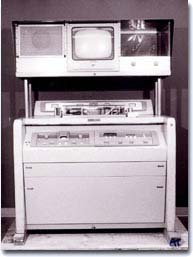
1963
Sony markets first home videotape recorder, an open-reel, 1/2" helical scan deck.
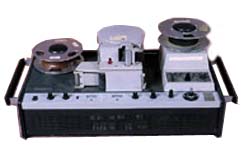
1964
Viva Las Vegas, directed by George Sidney, stars Elvis Presley and Ann-Margret in a "rock" musical with editing to the hard beat of the music.
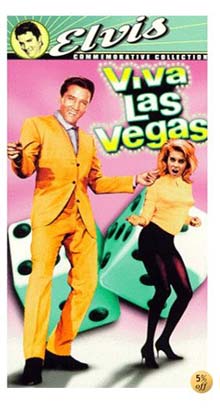
1965
Sony introduces first monochrome 1/2" Video Rover portapak, used almost immediately by New York video artist Nam June Paik.
Variation V, a large scale mixed media work with film sequences by Stan VanDerBeek and TV images distorted by Nam June Paik, director Anne Arnbom, choreographer M. Cunningham.
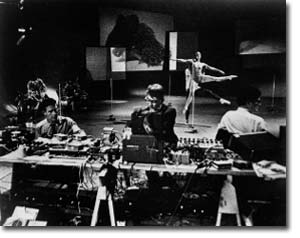
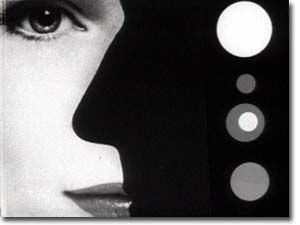
1966
“The Dance USA” series produced by Jac Venza for WNET/New York includes the program Dance: Four Pioneers, directed by Charles Dubin, on the work of Martha Graham, Doris Humphrey, Charles Weidman, and Hanya Holm.
L'Adolescence directed by Vladimir Forgency, features Lubov Egorova teaching in Paris.
Romeo and Juliet, directed by Paul Czinner using his multi-film-camera technique, stars Margot Fonteyn and Rudolf Nureyev.
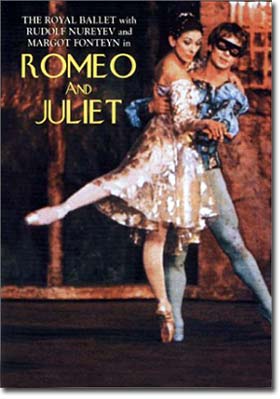
Tamara Toumanova appears in Alfred Hitchcock's Torn Curtain.
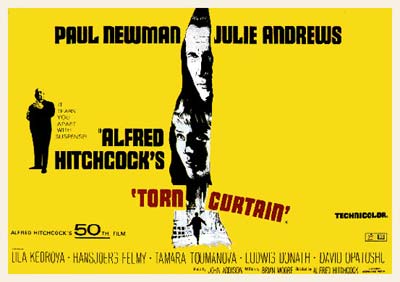
Hilary Harris directs Nine Variations on a Dance Theme.
1967
Sony markets its DV2400, the world's first portapak VTR, leading to an explosion in do-it-yourself television and revolutionizing the medium.
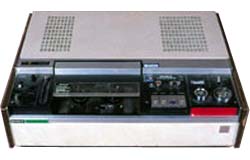
1968
Merce Cunningham's Assemblage in collaboration with filmmaker Richard Moore.
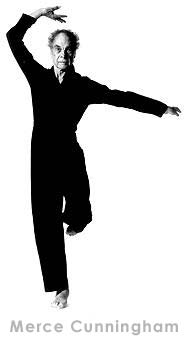
1969
Το They Shoot Horses , Don ' t They του Sydney Pollack , μία ταινία με θέμα ένα διαγωνισμό χορού έξι ημερών στα 1930 s , περιλαμβάνει μία χορογραφία της Gig Young .
Sweet Charity, directed and choreographed by Bob Fosse, is saved by the performances of Chita Rivera, Shirley McLaine, Paula Kelly, and Sammy Davis Jr.
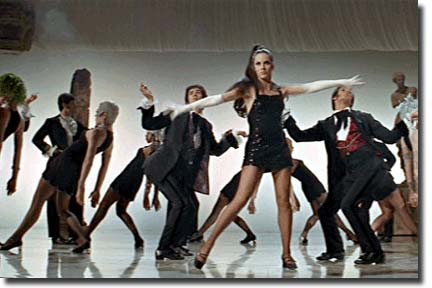
Sony introduces the first videocassettes—3/4" U-matic, 1 hour (available in the US in 1971) and allows other manufacturers to sell machines that play the cassettes, establishing a world standard.